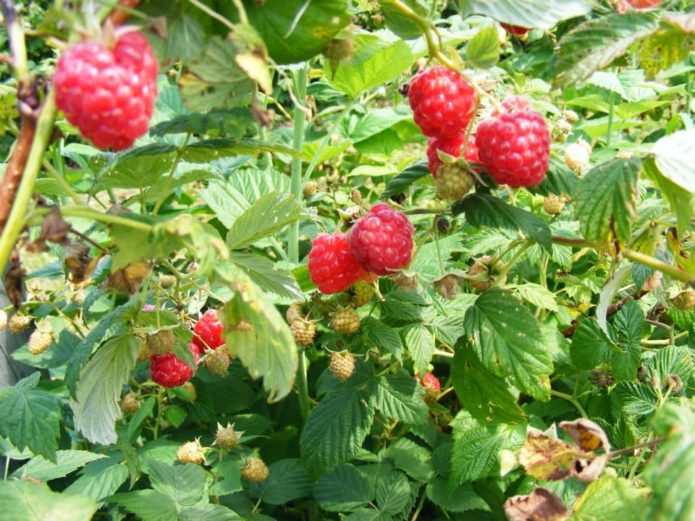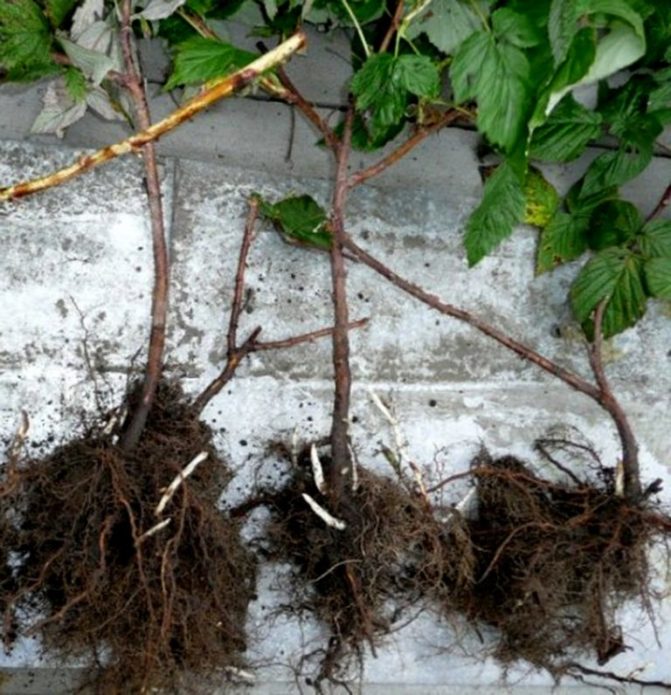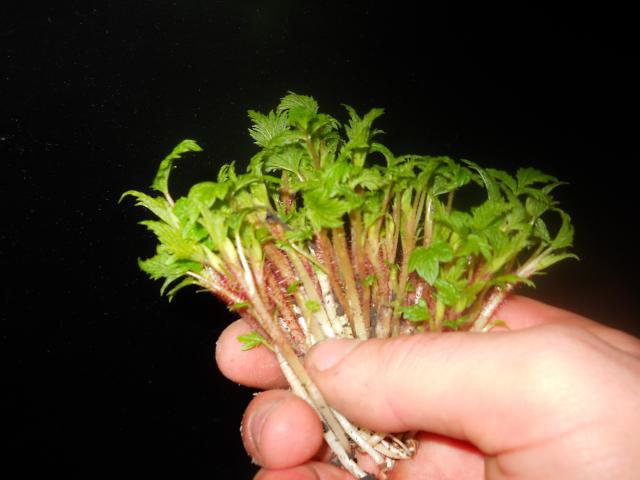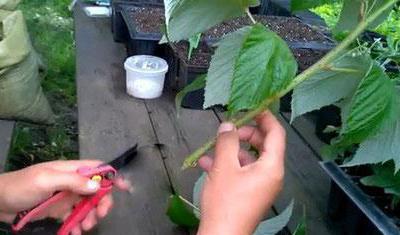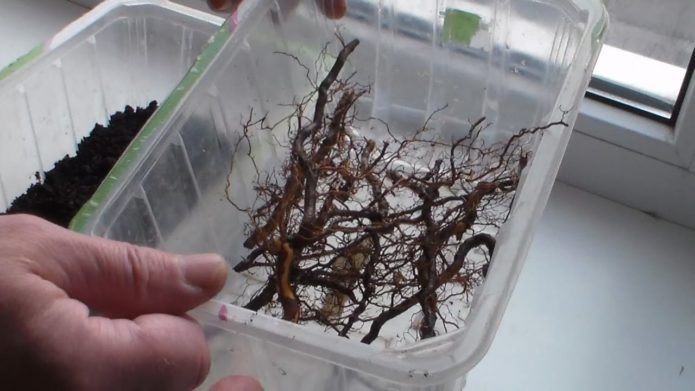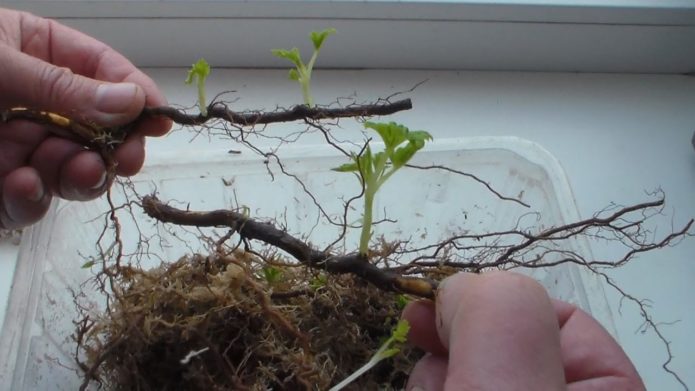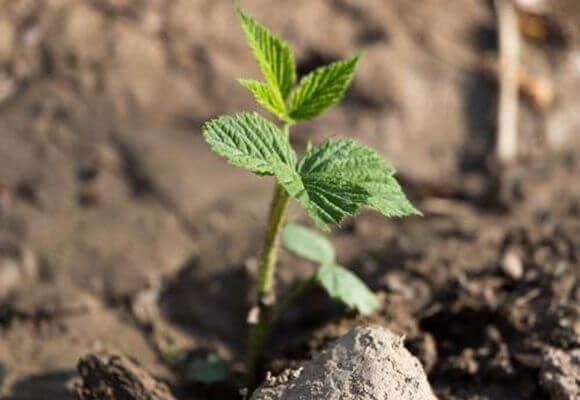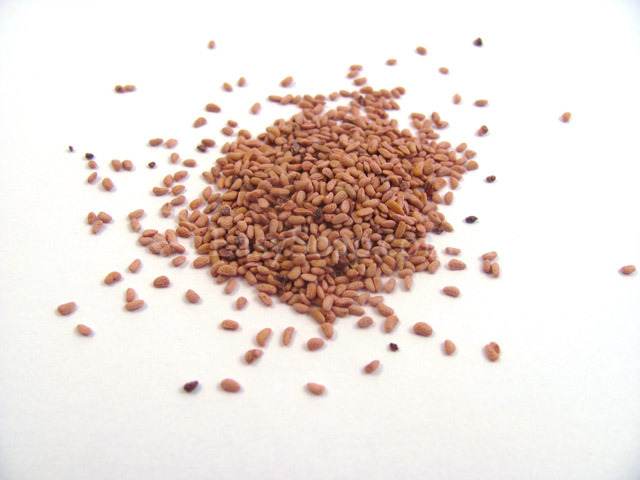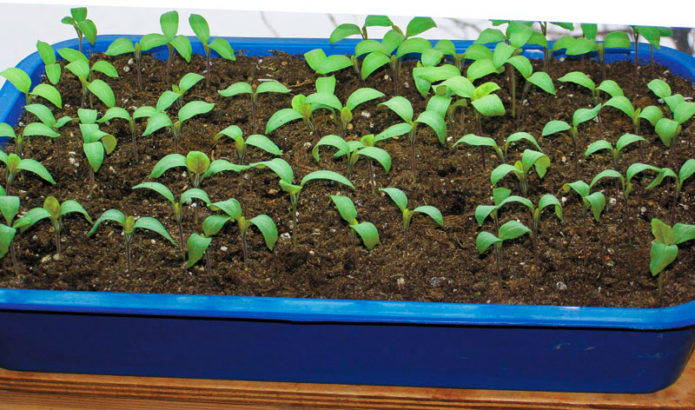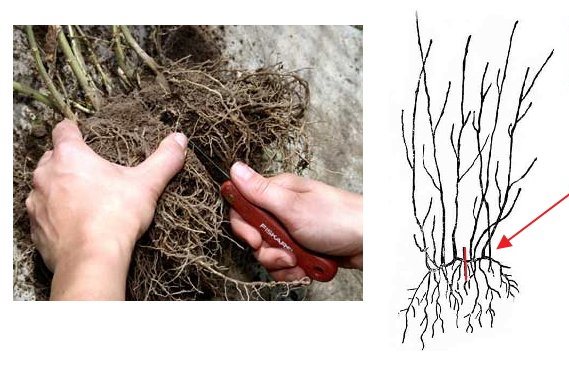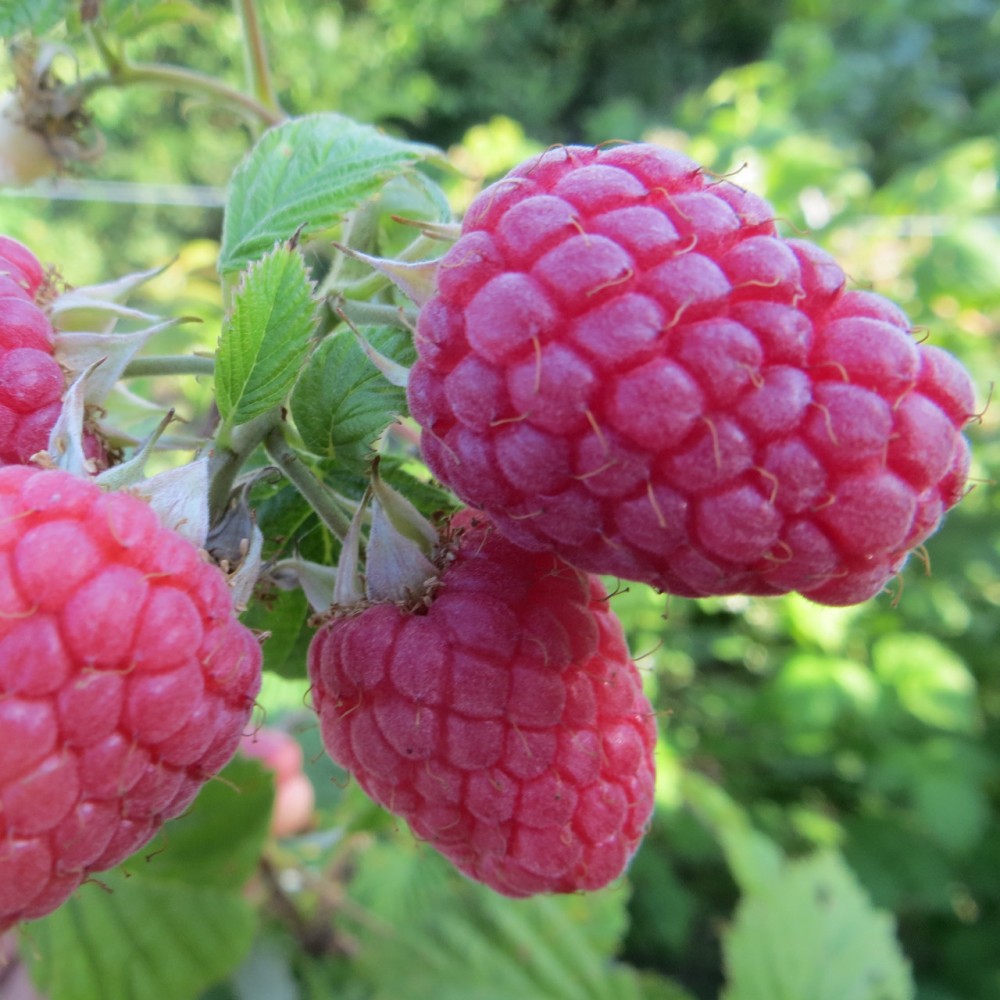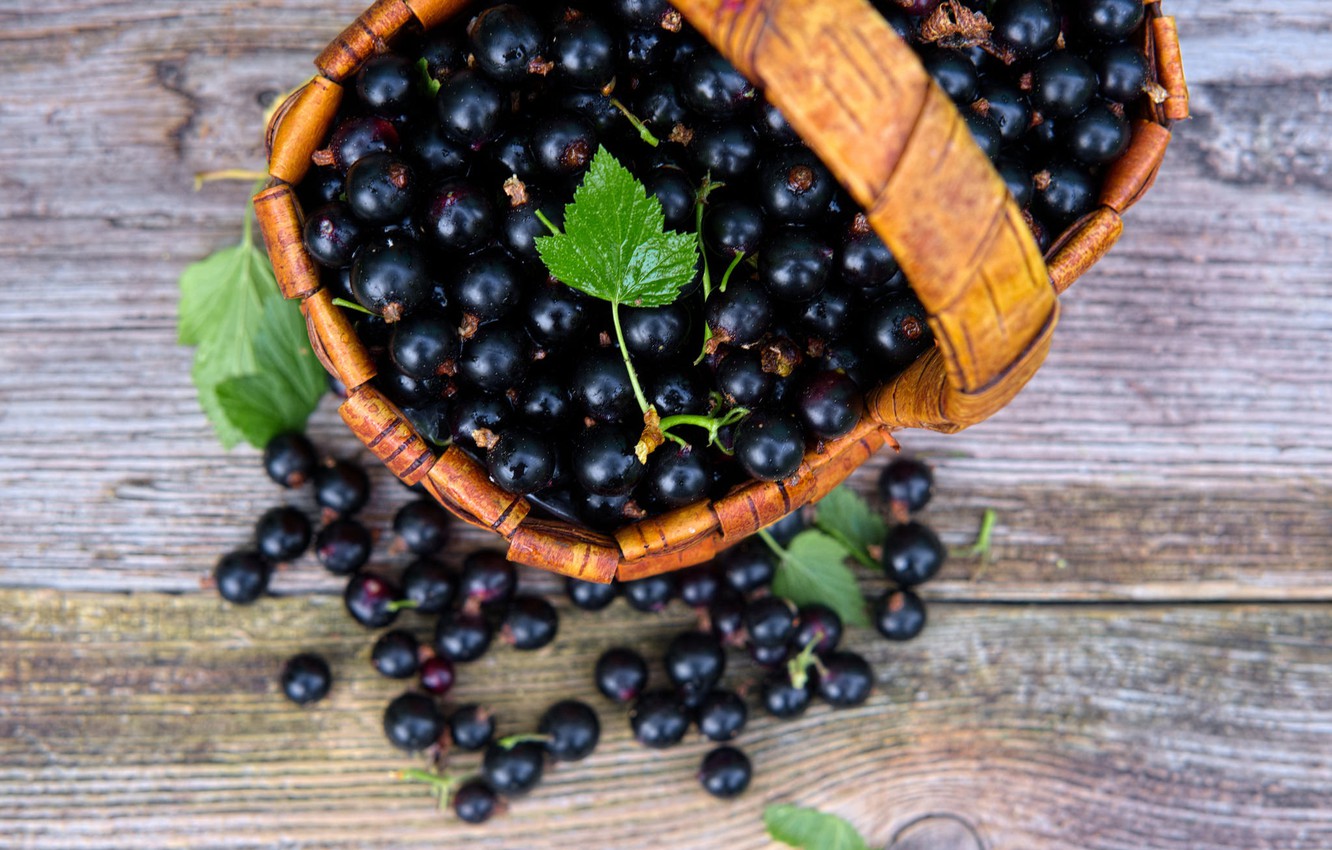Malinnik is an aggressive culture, easily conquers new territories, and if a neighbor has it not far from your site, it will definitely come to you. So it will definitely work out to enjoy the fragrant berries. But if you want a rich harvest, and even a guaranteed one, you need to have a raspberry on your site. And there are many ways of reproduction, or obtaining planting material, in raspberries.
Content
Features of the reproduction of raspberries
Raspberry is a characteristic representative of perennial shrubs, but it has significant features among common shrubs. Firstly, its aboveground part vegetates for only two years, after which it dries up and dies off. In the first year it forms fruit buds, from which twigs with flowers and then berries appear in the second year. Secondly, the underground part can live for more than a dozen years, but in conditions of cultivation of culture, including in summer cottages, we can talk about about 8-10 years of existence of raspberries in one place.
The root system of raspberries is close enough to the surface of the earth (from 10 to 40 cm), so the culture is very demanding on the amount of moisture and requires constant watering. On light soils, the roots penetrate deeper (some - up to one and a half meters), on heavier soils - closer to the surface of the earth. The roots extend from the base of the bush for long distances - up to two meters, capturing more and more new areas.
Every year, in summer, growth buds are formed on the rhizomes, from which spring shoots appear the next year. The raspberry bush grows and reproduces not only by replacing shoots, but also by root “offshoots” - daughter plants. Soon, the offspring become independent plants, finding their own root system. Thus, raspberries may seem like an "eternal", self-replicating plant. However, with the aging of the bush, the number of replacement shoots decreases, the bush hibernates worse and, in the end, dies.
Raspberry breeding methods
It is difficult to say unequivocally about how to choose the right way to reproduce raspberries. The choice depends on the availability of a particular planting material, region and place of planting, plant variety. But in any case, bushes no older than 5-6 years can be used as mother plants. They should be powerful, fertile, and perfectly healthy.
Like other berries, raspberries can be propagated by seed. However, this is usually done for breeding purposes. It is usually propagated vegetatively. The main methods of reproduction are by root suckers, pieces of roots, dividing rhizomes. Sometimes you have to engage in propagation with green cuttings, if for some reason other methods have not worked. Lignified cuttings (such as currants), raspberries reproduce poorly.
With any method of propagation, the goal is to obtain a healthy, strong seedling. It must have a developed root system (it can be a lobe 10-15 cm long or several roots at least 10 cm long). The stems should have a diameter of at least 5 mm, but the main thing is that the seedling should have a well-visible growth bud on the rhizome. The best planting time is autumn (October).
Reproduction by root suckers
Root offspring is a young plant that already has its own root system, but is still dependent on the mother bush. Perhaps this is the most common way of breeding raspberries. On an industrial scale, raspberry planting material is grown in this way, and in specially designated uterine areas. On the raspberry mother liquor, which has been used for 3 years, fruiting is not allowed, which significantly increases the number and quality of root suckers.
Pure-grade, healthy root suckers also serve as planting material for laying a mother liquor. Plants are placed in an ordinary or block way. Of course, this has little to do with us, the owners of 4–8 acres, and most likely we will not start a mother plot, but the main approaches to growing seedlings still need to be adopted from specialists.
You can, of course, do nothing specifically, and in the fall look for suitable material in your fruiting raspberry tree. But, most likely, it will not be enough or it will be of little use for digging and replanting. In the spring, some varieties produce up to two dozen basal shoots from rhizomes, which by autumn become strong plants. However, they have different strengths. We annually cut out the worst ones, and leave the best ones for fruiting next year. However, these, the best, can be just dug up by the roots and planted in a new bed. Dig them away from the bush so as not to harm it.
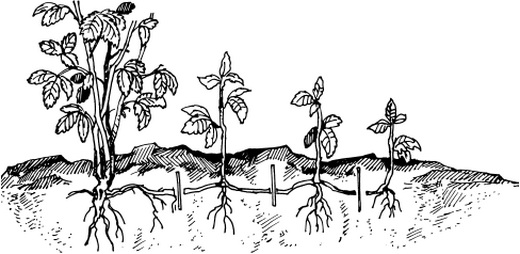
The offspring have their own roots, but before they are separated from the mother bush, they feed on it.
Thus, for the "lazy", or rather, for the very busy, who have little time for summer cottages, the following path is the most rational.
- During rare visits to the raspberry grove, we look closely at the young growth. Already in June, one can notice that there are very weak specimens, twisted, damaged. We destroy them mercilessly. While they are very small, this is very easy to do, almost like pulling out a weed. And the shoots are stronger, but which are at least 25-30 cm from the bush, we notice and try, if there is time, to take care of them: water, weed and loosen. There is no time - they will grow up themselves, but weaker. The main activity promoting the formation and regrowth of root suckers is watering. In the middle zone, 3-4 irrigations are given, in the south up to 6, the soil is soaked properly. The efficiency of irrigation increases when applied in May before watering with full mineral fertilizer.
- Autumn has come (and it is possible in August) - again we examine the selected shoots. If they seem ready for transplanting (a thick stem without curvatures and sores, untwisted leaves, normal height for the variety), we urgently prepare a new bed. We fill it with a large amount of rotted manure and ash, if there is a desire, add superphosphate and potash fertilizers according to the instructions on the package, dig it up well and wait a week.
- We dig holes up to 25 cm deep or trenches (whichever is more convenient). We will plant offspring in pits at a distance of 70 to 100 cm from each other. Most likely, the area for raspberries will be small, so there is no need to talk about rows. But if it is large, then we leave a meter and a half between the trenches, and in the trenches between the plants, you can create an interval of 40-50 centimeters. You can add more humus and ash to each hole. We carefully dig in the offspring selected in the summer with a shovel so as not to damage the root system of the uterine bush. We dig in from all sides and slowly remove it from the ground.We fill in the pits so that the bare roots from neighboring plants do not dry out. We plant the offspring in the holes, it is better - without shaking off the whole earth, right with a lump. Cut off the top, leaving only 20 centimeters. Water abundantly and mulch with any loose material.
Reproduction "nettles"
Thus, all our summer work on the preparation of seedlings was reduced to almost routine plant care, and we received a certain amount of planting material. But it's better to play it safe a little. We will not organize a special mother plant, but we will choose one or two high-yielding healthy bushes for reproduction in our raspberry garden, from which we will take offspring growing from them. We will sacrifice berries on these bushes and will systematically pick off flower buds, and take care of the bushes with trebled strength: water, loosen, fertilize. Then, already in June, or even earlier, it will be possible to take the first green offspring. They are often called "nettles" because at this age such offspring are very similar in appearance to this stinging grass. If there is an opportunity to dig them out with a clod of earth, this can be done already when the stem height reaches 10–12 cm. The "orphaned" bush will give offspring with renewed vigor until autumn, so we will have the required amount.
So, if you have a lot of time for summer cottage affairs (pensioner, "free artist", etc.), it is safer to do the following.
- We have been systematically visiting the raspberry tree since May, choosing a couple of strong bushes and not letting them bear fruit, cutting off the buds and flowers.
- In the earliest terms, we water these bushes well with the maximum possible dose of urea (read the instructions on the package). We water systematically, remove weeds, but try not to loosen, but mulch the soil around the bushes well.
- Since the end of June we have been looking out for the appearing green offspring away from the bush. We break those that grow completely from the bush, since it will be difficult to dig them out. We try to dig up those grown at a distance of at least 15 centimeters from the bush with a clod of earth, as soon as they take a beautiful form and grow up to 6-8 centimeters (preferably 10-12). We do this every 3-4 days (as soon as the time appears), until August.
- If the new bed has not yet been prepared, we transplant the nettles with a clod of earth to a specially designated small "dive" bed. By autumn, they will develop a powerful root system, turning into excellent seedlings. We maintain the soil in the garden bed in a loose and weed-free state, using frequent loosening and mulching in the rows. The tillage depth should not exceed 8-10 cm.
Video: reproduction of raspberries "nettles"
Propagation by green cuttings
Raspberries (like currants, and especially gooseberries) can be easily propagated by green (summer), not yet lignified cuttings. However, this is a rather dreary trick, it takes a lot of time and requires strength and the presence of a greenhouse, it is mainly used to breed especially valuable varieties.
To do this, you need to have a greenhouse on the site: it's not even about the heat, raspberries are quite cold-resistant, but about creating a humid atmosphere for the cuttings. The temperature in the greenhouse should be around 25 aboutС, relative air humidity 90–92%. If all this is available, we proceed as follows.
- In the second decade of June, we cut off the tops of young shoots (5–6 cm from the crown), cut off the leaves from them, leaving the two upper ones. We carry out all these operations quickly, in no case allowing the leaves and the twigs themselves to dry out. To improve root formation at the bottom of the cuttings, you can carefully make 6-8 grooves along the stem with a length of several centimeters with a sharp knife.
- We plant the resulting cuttings in greenhouses, keeping a distance of 8-10 cm from one another and leaving the tops with leaves outside. We water, cover with frames and shade with any available material (newspapers, burlap, just any rags, grass).When caring for cuttings, it is necessary to ensure systematic watering, loosening the soil and protecting the cuttings from sunlight. In the first week, the frames should not be opened, but in the evening they should be slightly ventilated to eliminate excess air humidity. The frames will not be needed after about a month, when the cuttings are well rooted.
- After about a month, roots form on the cutting, and we plant the plant with a lump of earth on a new bed. We plant them at the same depth as they grew before. But it is better to let them live in an open greenhouse until autumn in order to develop better. And only at the beginning of October, replant to a permanent place.
Propagation by root cuttings
If autumn has come, and there are almost no offspring in the raspberry tree (there can be many reasons: from the characteristics of the variety to insufficient care), you can try to propagate the raspberries by root cuttings. This method is optimal if the raspberry stems are sick or infested with pests. The method is very simple and is often used when breeding remontant varieties of raspberries. To do this, part of the roots must be dug out from good, strong bushes, of course, without leaving the bush without food. The roots are dug out very carefully, keeping the maximum possible number of branches. New ones will grow only if there are at least some of our own! From these roots, new seedlings are grown. Actually, if for any reason you had to transplant the bushes, then you already have such roots: without this, the digging of bushes does not work.
So let's get started.
- We take a sharp shovel and reluctantly dig a hole 10–20 cm from a good bush. Depth - as soon as we see that we got to the roots not thinner than 5 mm, but preferably about 2 cm. From thinner cuttings (up to 2 mm), seedlings can also turn out, but they will be weaker.
- Cut the roots into cuttings with a secateurs (that is, pieces 15–20 cm long) and bury them in the grooves in a "chain", at a distance of 5–10 cm from each other, to a depth of several centimeters. From above, the bed with cuttings should be covered for a while with non-woven material or plastic wrap.
- After the sprouts look out of the ground, we remove the shelter and take care of the young plants as usual (watering, weeding, loosening).
- Root cuttings will be ready for planting next fall. We begin the process of digging them up and transplanting them to a new bed in mid-September. This is the time for harvesting new root cuttings. Cutting off too long roots of seedlings, cut them to size and immediately bury them to a depth of 5 cm to get new bushes next year.
Scottish way
There is a variant of propagation from root cuttings, which received, at the place of its widespread use, the name "Scottish way". It was developed in Scotland and adapted to the conditions of that country. However, the climate of many of our regions is not much different from the British. This technique is especially good when breeding remontant varieties of raspberries. When propagated in the Scottish way, you can get a dozen seedlings from one cuttings. True, it takes more time, and two and a half years will pass from the start of work until the first harvest appears. For the successful implementation of the method, we perform the following works.
- We mulch the raspberry bush in spring well with peat or humus. This leads to the fact that an increased number of germs of growth buds is formed on the roots.
- In the fall, as described above, we cut the cuttings from the roots, but do not plant them in the ground yet. All winter we keep them in a cellar at a low positive temperature, wrapped in moist moss. In plastic bags it is impossible, they will mate!
- At the very beginning of spring, we transfer the cuttings to a warm place (you can directly into an apartment, but it is better, of course, to a heated greenhouse), put them in boxes with a nutrient mixture of peat and sand and water them well.
- Cuttings germinate quickly in warmth and moisture.After a few weeks, several true crimson leaves are born. With a sharp knife, cut off the green seedlings from the root cuttings, touching the lower tip of the white color, that is, a small piece of the parent cutting. It is on this piece that the roots will appear. Slicing can be done every 2-3 days during the month.
- We plant the seedlings in boxes with the same nutrient mixture and keep them at +25 ° C.
- After two weeks, we plant the already rooted seedlings in half-liter containers with nutrient soil (peat, sand, mineral fertilizers). Then we treat them almost like with tomatoes: water, loosen, feed, then harden and plant in open ground.
Seed propagation
Reproduction of raspberries by seeds is used very rarely, because it is very troublesome, and does not make much sense. This is one of the methods of selection, that is, breeding new varieties. This technique is almost never used in summer cottages and farms. How to do it?
- We collect seeds at the end of the season, extracting them from the most ripe large berries. Thoroughly crush the berries with your fingers at the bottom of any vessel. Seeds suitable for propagation settle to the bottom, unsuitable ones float. We drain the water with the pulp, and wash the seeds using a suitable sieve or nylon stocking. If necessary, store the seeds until winter is well dried.
- We sow them after the obligatory stratification, otherwise the germination rate is very low. This means that in about December, well-soaked seeds in nylon bags are placed on wet sawdust, moistened and put into a cellar or refrigerator for about three months, constantly moistening the sawdust.
- In March, we sow the seeds in light soil or clean river sand no deeper than 5 mm, cover with a transparent material (film, glass) and keep in a warm place, constantly moistening the substrate from a spray bottle. Raspberry seed shoots are possible at a temperature not lower than 20 aboutC. At the same time, it is good if half the seeds germinate.
- When several true leaves appear, we harden the seedlings, exposing them to the street for a while: at first for no more than an hour, gradually increasing this time.
- When the plants grow up to about 10 cm, we transplant them into separate containers. We plant the grown bushes in a permanent place after another year, usually in mid-May, with a lump of earth.
Reproduction by dividing the bush
By dividing the bush, raspberries are rarely propagated. This method is used when propagating some varieties of raspberries, which form too few root suckers. The bush must be mature, healthy and strong. One bush can usually be divided into several full-fledged seedlings, but it is imperative to ensure that each of them has at least two strong young shoots, and a good root system.
- It is better to divide the bush in autumn or early spring, when the growth has already ended or, conversely, has not yet begun. Before digging, cut the stems to a height of 20 cm.
- We dig a bush with an ordinary shovel, trying to injure the roots as little as possible. Sometimes a bush is easily broken into pieces by hand, but more often a pruner, a sharp shovel or an ax will come to the rescue.
- We divide the bush so that in each new part there are 2-3 large stems.
- The parts obtained after dividing are immediately planted in a new place. Caring for them is usual - abundant watering, fertilizing and loosening. The next year, the planted raspberries will begin to produce crops.
Micropropagation
This is a rather exotic method, available only to specialized laboratories and so far only of scientific significance. It is implemented on special equipment.Micropropagation allows you to get an incredible number of seedlings, but very small in size, and the problem is also to bring them to a viable state. Reproduction is carried out "in a test tube" (in vitro), that is, in specially created nutrient media. Breeding by the microclonal method is rarely used, including because of the high cost of such an event.
The method is based on the ability of a living plant cell to enable the emergence of a new plant. This is especially important when breeding remontant forms of raspberries. The main advantages of the method are high productivity and the possibility of planting material recovery.
The process of clonal micropropagation includes the selection of a donor (that is, the correct selection of the parent bush), the extraction of healthy cells necessary for reproduction from it, micropropagation itself on a nutrient substrate, the rooting of the resulting microshoots with their subsequent adaptation to real conditions and the subsequent cultivation of seedlings.
Breeding features of raspberry varieties
There are several varieties of raspberries, the main ones are: ordinary garden raspberries, large-fruited, standard and remontant.
These varieties multiply several by all of the above methods, but for some it is more suitable, for example, layering, for others - root cuttings. However, in any case, it is important to use only healthy mother bushes and plant seedlings in fertile soil.
Large-fruited varieties
Large-fruited varieties of raspberries are distinguished by large berries of a dessert taste, however, the bushes are somewhat less winter-hardy compared to ordinary garden ones, but more resistant to diseases and pests. These advantages create a fashion for large-fruited varieties. However, in matters of reproduction, there are no peculiarities here: all of the above methods are equally acceptable, only more careful care is needed so that the varieties do not degenerate.
Repair raspberry
Repaired raspberry is a category of varieties in which berries are formed on the shoots of the current year. Therefore, such varieties bear fruit throughout the summer, although the total yield is rarely higher than that of conventional varieties.
Most varieties of remontant raspberries give very few replacement shoots, so the most popular method - by root suckers - is of little use here. Therefore, the main methods should be recognized as green and root cuttings.
In addition, in the case of remontant varieties, a modified method of dividing the bush is often used. For this, the third year of the life of the bush in early spring, cut out its central part (up to 20 cm in diameter). This must be done very carefully. The cut part is transplanted to a new location. After that, many new shoots will appear from the roots left in the old place, which are then either left in place or also divided into separate seedlings.
Stock raspberry
The standard raspberry is essentially a raspberry tree. Its peculiarity is that it does not need an artificial support. The tree needs special care, otherwise the plantings will turn into an ordinary raspberry tree, only with thick trunks.
Offspring propagation is the most common breeding method for the raspberry tree. The number of offspring (and in trees they are traditionally called shoots), as in the case of ordinary garden raspberries, in standard raspberries is very large. When they reach a height of 20–25 cm, they can be replanted.
Equally reliable is the use of root cuttings. The technique of their harvesting and germination does not differ from the one given above.
As shown, there are many methods of breeding raspberries. However, all methods are completely accessible even to a novice summer resident. Without presenting any difficulty, they only require patience and physical work. Each of the techniques is interesting in its own way and can be tried even out of curiosity. Good luck!
